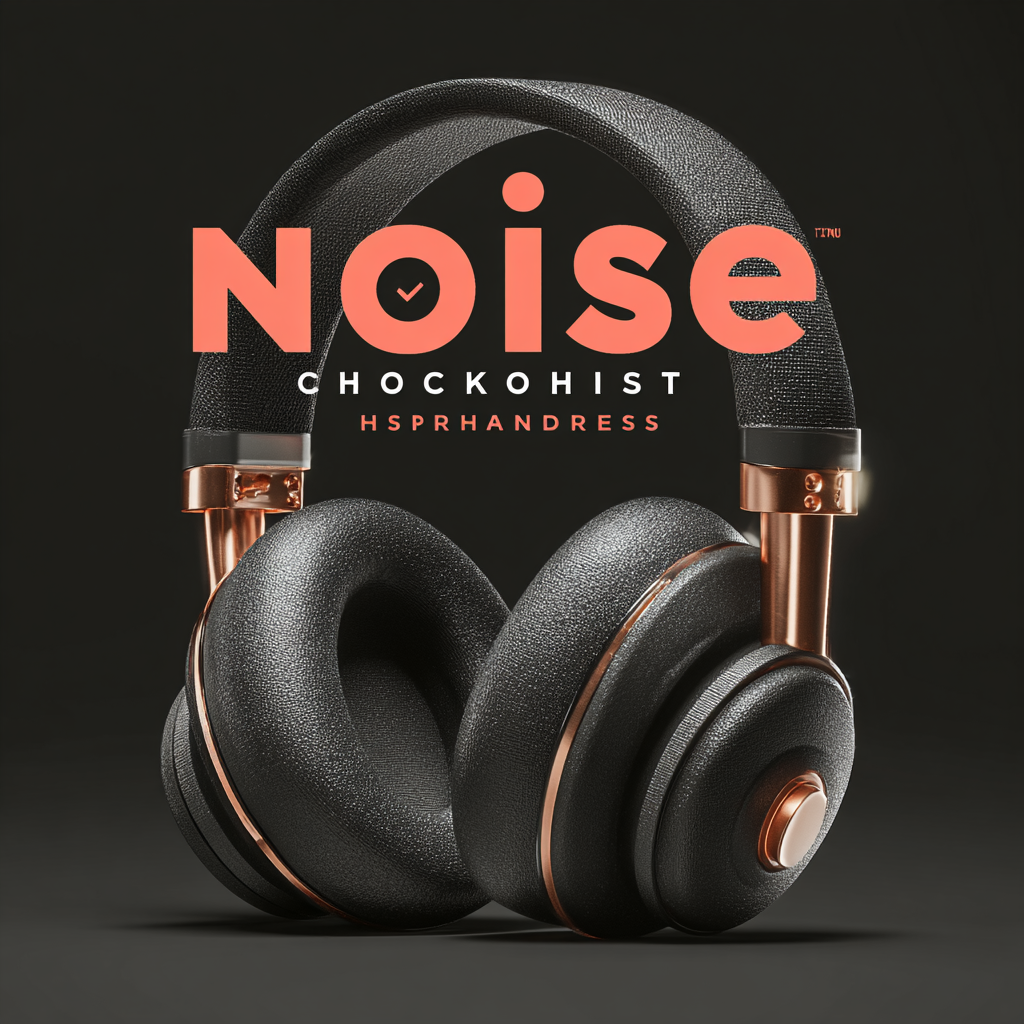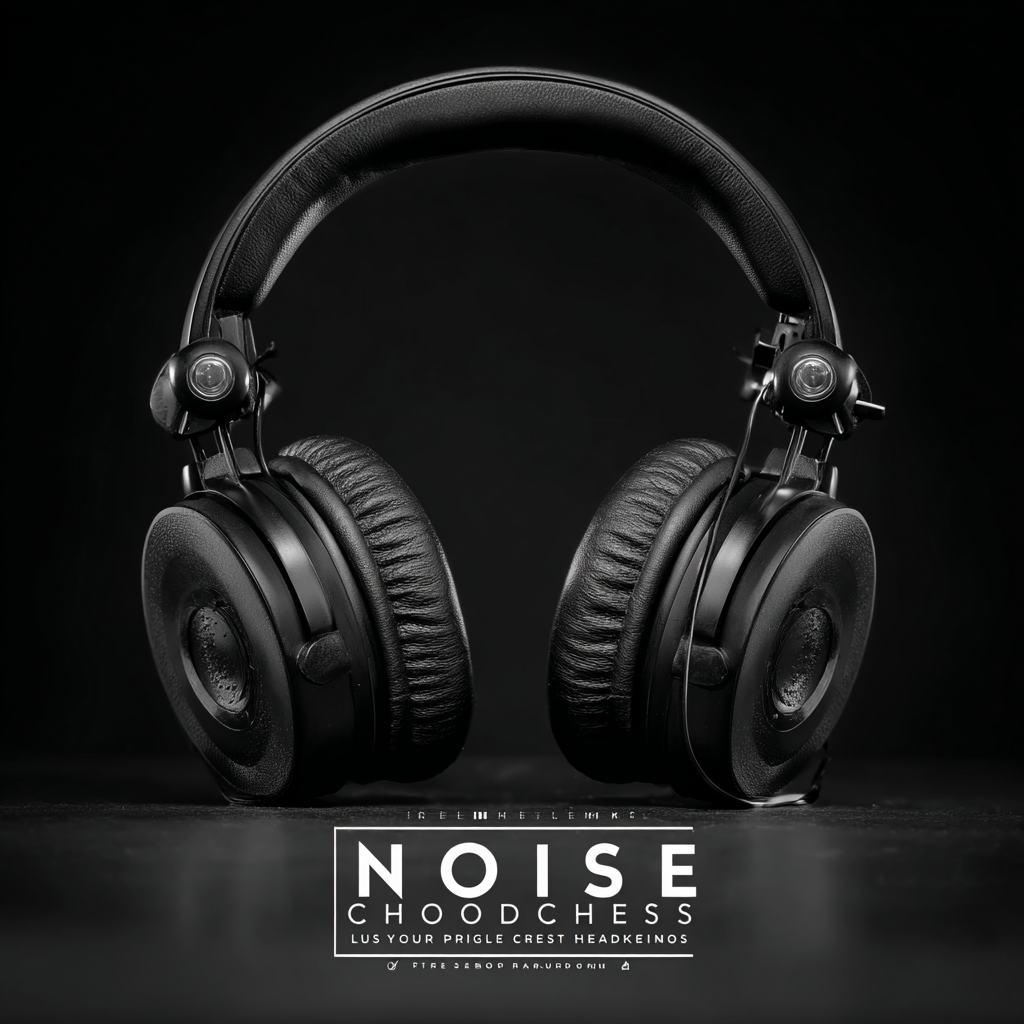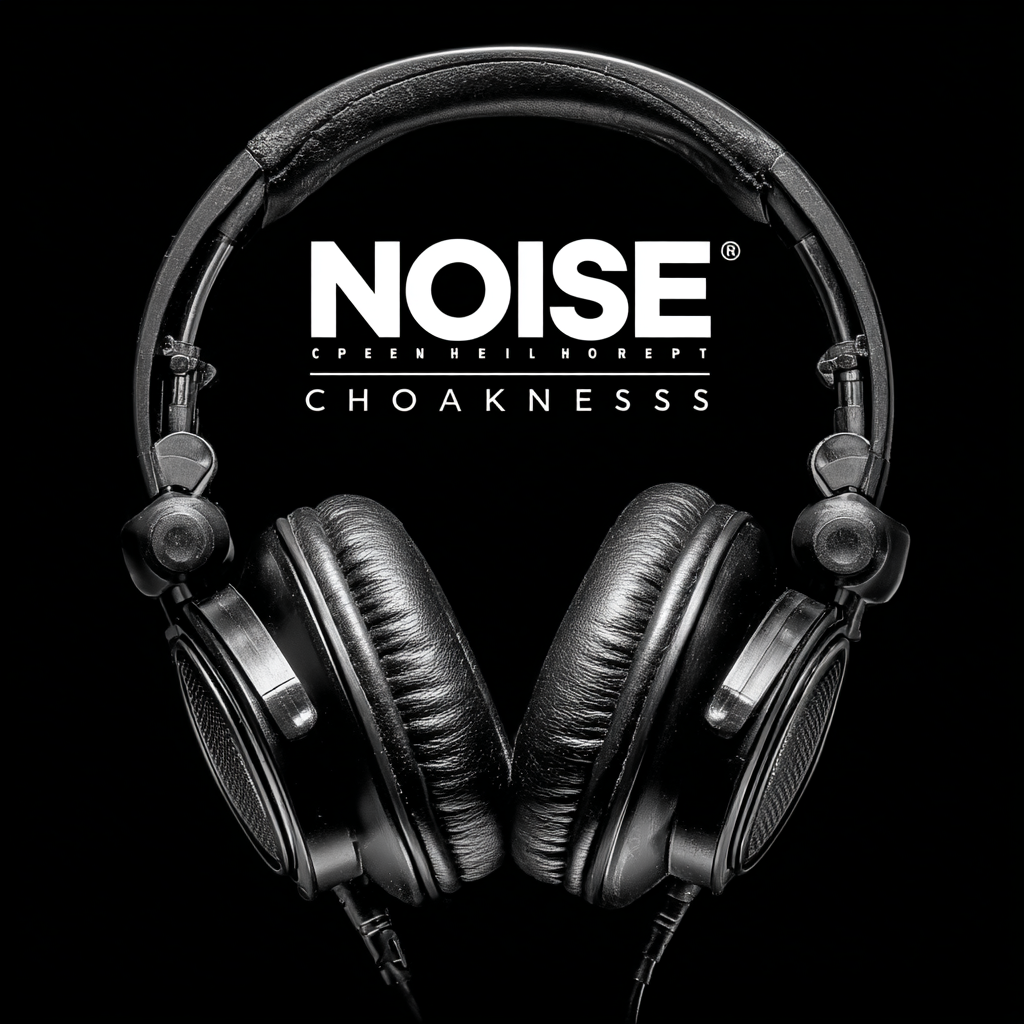Leave Your Message
-
Phone
-
E-mail
-
Whatsapp
When it comes to finding the perfect noise headphones, the options can be overwhelming. With a myriad of features, brands, and price points, making the right choice can feel like searching for a needle in a haystack. The primary challenge lies in understanding the specific problems associated with various types of noise headphones, such as comfort, sound quality, battery life, and noise cancellation effectiveness. This blog aims to guide you through the essential considerations and common pitfalls, equipping you with the ultimate checklist for selecting the best noise headphones that meet your unique needs. Whether you're a frequent traveler looking to drown out background noise or a home listener wanting to immerse yourself in your favorite tunes, recognizing these key issues can lead you to a satisfying purchase and an enhanced audio experience.

When it comes to choosing noise-canceling headphones, understanding the different types available can significantly enhance your listening experience. The primary categories include passive noise isolation, active noise cancellation (ANC), and adaptive noise control.
Passive noise isolation uses cushioned ear cups to physically block out sound, making it suitable for people who frequently find themselves in moderately noisy environments, like coffee shops or libraries. This option is generally less expensive and does not require batteries.
Active noise cancellation, on the other hand, employs microphones to detect external sounds and produces sound waves that counteract these noises. This technology is ideal for frequent travelers, especially on airplanes or in bustling urban areas, as it can effectively reduce the hum of engines and city life. However, users should consider that ANC headphones may be pricier due to the advanced technology involved. Lastly, adaptive noise control headphones offer a hybrid experience, allowing users to switch between modes based on real-time sound environments. This flexibility appeals to those who want to remain aware of their surroundings, such as cyclists or pedestrians, while still enjoying their music. By understanding these options, you can choose the noise-canceling headphones that best fit your lifestyle and preferences.
When selecting high-quality noise-canceling headphones, several key features should be prioritized to ensure an optimal listening experience. One important aspect is the Active Noise Cancellation (ANC) technology. According to a report by Grand View Research, the global noise-canceling headphones market is projected to reach $3.78 billion by 2027, largely driven by advancements in ANC.
Look for headphones that offer multiple levels of ANC to suit different environments, providing versatility whether you're in a bustling café or a quiet library.
Another critical feature is sound quality. High-quality noise headphones should deliver a balanced audio profile, with clear mids, vibrant highs, and deep lows. Research published by the Consumer Technology Association indicates that 92% of consumers consider sound quality a crucial factor when purchasing headphones. Additionally, battery life is fundamental; many modern noise-canceling models can provide 20 to 30 hours of playtime on a single charge. Opt for headphones that support fast charging and longer usage periods, ensuring they'll last through extended listening sessions without interruptions.
When selecting the best noise-canceling headphones, it's crucial to understand the distinction between active and passive noise cancellation technologies.
Active noise cancellation (ANC) works by employing microphones to detect external sounds, which are then countered with sound waves that effectively cancel out the noise.
According to a report by the Consumer Technology Association, ANC headphones can reduce ambient noise by up to 30 decibels, making them an ideal choice for frequent travelers or those who work in noisy environments.
On the other hand, passive noise cancellation relies on the design of the headphones themselves to block out sound. This is typically achieved through the use of cushioned ear cups that seal around the ear.
Studies reveal that while passive cancellation may not be as effective against low-frequency sounds like aircraft noise, it still offers significant sound isolation — often around 15 to 20 decibels.
Tips: When choosing between ANC and passive noise cancellation, consider your primary usage. If you often find yourself in loud settings, ANC may be more beneficial.
However, for casual use such as listening at home, passive options might be sufficient. Additionally, look for headphones that offer both features for a versatile listening experience.
 When selecting the best noise headphones, understanding noise isolation is crucial for an immersive listening experience. Noise isolation refers to a headphone's ability to block out ambient sounds, allowing you to focus solely on your music or podcasts without external distractions. Unlike noise-canceling headphones, which use electronic technology to reduce sound, noise-isolating headphones rely on physical construction to create a seal around your ears. This seal is essential for those who frequently find themselves in bustling environments, whether it's a busy office or a crowded café.
When selecting the best noise headphones, understanding noise isolation is crucial for an immersive listening experience. Noise isolation refers to a headphone's ability to block out ambient sounds, allowing you to focus solely on your music or podcasts without external distractions. Unlike noise-canceling headphones, which use electronic technology to reduce sound, noise-isolating headphones rely on physical construction to create a seal around your ears. This seal is essential for those who frequently find themselves in bustling environments, whether it's a busy office or a crowded café.
The effectiveness of noise isolation can vary greatly depending on the design and materials used in headphone construction. Over-ear headphones often provide superior noise isolation due to their larger ear cups, which encompass the ears fully. On the other hand, in-ear monitors can offer substantial isolation when properly fitted, making them ideal for travel or workouts. When choosing noise headphones, it's important to consider how much external noise you want to block out and the comfort level of the headphones, as prolonged use can lead to discomfort if not designed correctly. Ultimately, the right balance of comfort and isolation can significantly enhance your audio experience.
When it comes to selecting the best noise-canceling headphones, understanding the landscape of top brands is essential. According to recent testing involving over 100 headphone brands, the competition for the best noise-canceling models is fierce. Among the standout options, the effectiveness of active noise cancellation (ANC) is crucial, particularly for activities like travel and enjoying music in noisy environments. Many expert reviews highlight that certain models excel in isolating sound, allowing users to immerse themselves fully in their audio experience.
In 2025, several models have emerged as frontrunners in terms of sound quality and comfort. Notably, certain over-ear headphones have been recognized for their exceptional ability to block external noise while delivering remarkable audio performance. Additionally, newer options in the earbud category are making waves with features like enhanced call clarity and the ability to connect to multiple devices simultaneously, catering to tech-savvy users. This landscape not only indicates a growing demand for advanced noise cancellation technology but also showcases the diverse offerings available to consumers, ensuring there’s something for every preference and budget.

